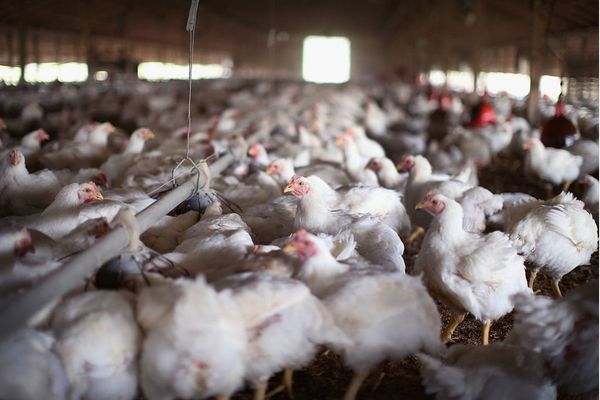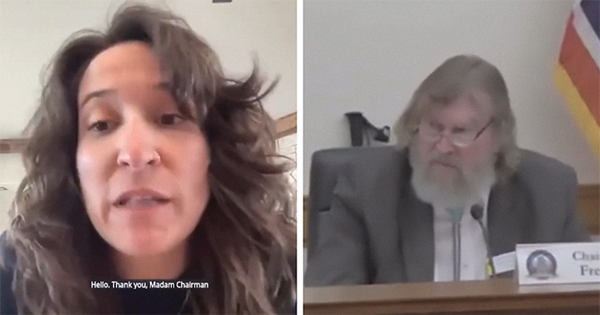Dr. Ayelet Vilan, a Staff Scientist at Weizmann Institute of Science at Rehovot in Israel, told me during my visit to her labs in 2010, “Yakhmi, do you know, during my childhood, I or other children or even adults never paid for anything procured from the local shops in our village?” My reaction was – how was that possible! She said, “Because everything on sale at the shops in our village Negba belongs equally to its every resident under the kibbutz system. If that sounds quite interesting to you, then I would be glad to take you and your wife tomorrow to show you how it works. It is just a 40 km drive”. Of course, my wife jumped at the opportunity to see a kibbutz.
Negba kibbutz is located near the cities of Kiryat Malakhi and Ashkelon. Spread over an area of about 12 sq.km., it has about 700 residents. It was founded by Jewish settlers from Poland during the British regime in 1939.
The next day, we were driven to Negba by Ayelet’s husband, Dr. Oren Regev, who is a Professor of Chemical Engineering at Ben-Gurion University of the Negev. Ayelet had brought her young son Carmel Regev along.
Upon reaching Negba, we were welcomed by Mr. Gershon Vilan, Ayelet’s father, who was born in Rehovot in 1940, and was among the first children at Negba. He has performed several active roles in the running of the kibbutz, all his life.
What is a kibbutz? Drawn from the Hebrew word, it means a “gathering”. A kibbutz is a cluster of residents who professionally do agriculture. The first kibbutz established in Israel was Degania in 1909. With the passage of time, agriculture has been partially supplanted by industrial plants and high-tech enterprises.
A kibbutz is an autonomous local self-governing cooperative entity, offering to its members a hassle-free life, with a clean, healthy and quiet rural environment. In the kibbutz, a member can get medical care and retirement benefits like a pension, and there’s no income tax to pay. All the community services are free and paid for by the kibbutz. In return, the kibbutz allots jobs best suited to each of its members, which could be the so-called “blue collar” jobs, viz. a part of the agricultural activity, at a dairy or poultry farm or in its industry. Some members with an extra drive are entrusted with the “white collar” jobs related to the business management of the kibbutz.
The economy of the Negba kibbutz is based largely on agriculture, poultry, cattle, orchards, vegetables and its two factories, including a large yard to service and maintain the heavy equipment used in agriculture.
Mr. Gershon Vilan has played an active leadership role in the management of this kibbutz, often alternating between field jobs, such as crop management and maintenance of large equipment (tractors, combines), and business management. He has also extended his services as a business manager to two other kibbutzim, in the neighborhood.
We saw a large cow-shed and a barn at Negba. The cows are milked using automatic machines. The kibbutz has exclusive ownership of its main productive assets such as the agriculture activity, industrial enterprises and the dairy cooperative.
ya_kmi@yahoo.com







